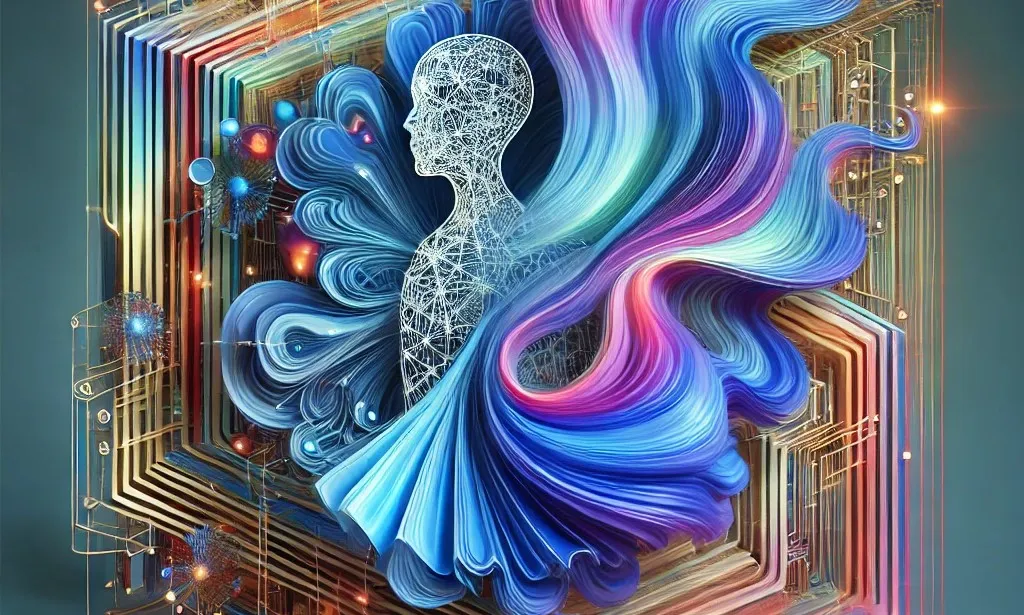February 25, 2025
.jpg)
In the realm of transportation, the vision of autonomous vehicles navigating our roads is no longer confined to the realm of science fiction. The emergence of artificial intelligence (AI) has propelled autonomous vehicle technology to new heights, with AI-powered perception playing a pivotal role. This technology, encompassing lidar, radar, and other sensor systems, empowers vehicles to perceive their surroundings with unparalleled accuracy and speed. In this article, we delve into the transformative impact of AI-powered perception on autonomous vehicle safety, exploring its mechanisms, advantages, and how it paves the way for safer roads.
AI-Powered Perception: The Beacon of Autonomous Vehicle Safety
AI-powered perception, often termed the "eyes" of autonomous vehicles, involves the use of advanced sensors and AI algorithms to understand and interpret the vehicle's environment. This technology enables vehicles to identify obstacles, pedestrians, road signs, and other vehicles, essentially replicating human visual and sensory capabilities.
The Mechanisms of AI-Powered Perception
- Lidar (Light Detection and Ranging): Lidar systems emit laser pulses to create detailed 3D maps of the environment. By measuring the time taken for laser pulses to return, lidar systems can accurately gauge distances and object shapes.
- Radar (Radio Detection and Ranging): Radar uses radio waves to detect objects and calculate their distance, speed, and direction of movement. It's particularly effective in adverse weather conditions.
- Camera Systems: Advanced camera systems utilize computer vision and AI algorithms to identify objects, lane markings, and road signs by analyzing images and video streams.
- Ultrasonic Sensors: These sensors use ultrasonic waves to detect proximity to objects, making them valuable for low-speed parking and obstacle avoidance.
Advantages of AI-Powered Perception in Autonomous Vehicles
- Enhanced Safety: AI-powered perception minimizes the risk of accidents by swiftly identifying and reacting to obstacles, pedestrians, and other road users.
- 360-Degree Awareness: Sensors provide a comprehensive view of the vehicle's surroundings, mitigating blind spots and enhancing overall awareness.
- Adaptability: AI-powered perception enables vehicles to adapt to rapidly changing environments, such as navigating through dense traffic or construction zones.
- Reduced Human Error: By removing the human element from perception tasks, AI technology reduces the likelihood of human-related errors.
- Efficient Traffic Flow: Vehicles equipped with AI-powered perception contribute to smoother traffic flow by optimizing speed and spacing.
Real-World Applications of AI-Powered Perception
- Obstacle Detection and Avoidance: Autonomous vehicles can swiftly detect and avoid obstacles, reducing the likelihood of collisions.
- Pedestrian Protection: AI technology can identify pedestrians at crosswalks, on sidewalks, or near the road, ensuring their safety.
- Lane Keeping: Vehicles equipped with AI-powered perception can identify lane markings and maintain safe distances from neighboring vehicles.
- Adaptive Cruise Control: AI-powered perception enables adaptive cruise control, adjusting the vehicle's speed based on the traffic flow.
Challenges and Innovations
- Harsh Environmental Conditions: Adverse weather conditions such as rain, snow, and fog can challenge sensor accuracy. Ongoing advancements aim to improve performance in such scenarios.
- Sensor Interference: Multiple vehicles equipped with sensors can potentially interfere with each other's signals. Innovations are addressing this issue through signal modulation.
- Safety and Redundancy: Ensuring that AI-powered perception systems operate reliably and safely is paramount. Redundancy measures and fail-safe mechanisms are being integrated.
The Road Ahead: AI-Driven Advancements
- Multi-Sensor Fusion: Integration of multiple sensor technologies allows vehicles to cross-reference data, enhancing accuracy and redundancy.
- Deep Learning Algorithms: Advanced AI algorithms are being developed to interpret sensor data with higher accuracy and adaptability.
- V2X Communication: Vehicle-to-Everything (V2X) communication enables vehicles to share data with infrastructure, pedestrians, and other vehicles, enhancing overall safety.
Ethical Considerations
The implementation of AI-powered perception raises ethical questions that must be addressed:
- Responsibility and Liability: Determining responsibility in the event of a collision involving autonomous vehicles requires legal and ethical clarity.
- Ethical Decision-Making: AI algorithms must be programmed to make ethically sound decisions in potential accident scenarios.
- Transparency: Developers must communicate how AI systems perceive and make decisions to ensure public trust.
The journey towards autonomous vehicles is not just a technological leap; it's a transformation of our roads, our cities, and our lifestyles. AI-powered perception stands as a cornerstone of this transformation, bestowing vehicles with unprecedented awareness and capabilities. By harnessing the power of sensors, AI algorithms, and cutting-edge technology, autonomous vehicles equipped with AI-powered perception are set to revolutionize transportation as we know it. As we navigate the intricacies of safety, ethics, and regulatory frameworks, it's imperative that we remain steadfast in our commitment to shaping an autonomous future that is not just innovative, but also safe, efficient, and ethically responsible. In this new era of mobility, AI-powered perception illuminates the path towards a safer, smarter, and more connected world.


